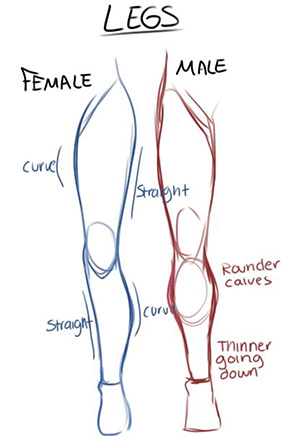Vein Treatments
Vein Treatments: Venous disease refers to conditions that affect the veins and the blood vessels responsible for returning blood from the body’s organs and tissues back to the heart. Venous diseases can range from mild cosmetic issues, such as spider veins, to more serious conditions like varicose veins in the setting of chronic venous insufficiency (CVI), and deep vein thrombosis (DVT).
Management and treatment of venous diseases depend on the specific condition. Common approaches include:
Compression Therapy: Wearing compression stockings or bandages to help improve blood flow and reduce swelling.
Lifestyle Modifications: Maintaining a healthy weight, exercising regularly, and avoiding prolonged periods of sitting or standing.
Minimally Invasive Procedures: Procedures like sclerotherapy, endovenous laser treatment (EVLT), and radiofrequency ablation may be used to treat varicose veins and certain other venous conditions.
Frequently Asked Questions:

Varicose veins are a common condition, and women are more likely than men to develop them. There are several factors that contribute to the higher prevalence of varicose veins in women. More information.
While varicose veins are more commonly associated with women, men can also develop this condition. The prevalence of varicose veins in men is lower than in women, but it still occurs, and the risk factors are generally similar. More information.
People with vein problems may present with one or many symptoms. Frequently misdiagnosed, individuals with vein disease are treated for Charlie horses, cramping legs, neuropathy, restless leg, and even offered water pills (diuretics) for years before they are found to have vein disease. More information.
At Vascular Centers of Excellence, we have the state-of-the-art knowledge and technology for the management of your veins. With that said, we like to be conservative and recommend preventing and caring for your legs first. More information.
The increased pressure on the veins in the pelvic area and legs, along with hormonal changes, can contribute to the development of varicose veins and spider veins during pregnancy. More information.
Chronic Venous Insufficiency (CVI) is a condition in which the veins in the legs are unable to adequately return blood to the heart, resulting in poor blood flow. More information.
Deep Vein Thrombosis (DVT) is a serious medical condition characterized by the formation of a blood clot (thrombus) in a deep vein, usually in the legs. More information.
May-Thurner Syndrome, also known as iliac vein compression syndrome, is a vascular condition characterized by compression of the left common iliac vein by the overlying right common iliac artery. More information.
Pelvic Congestion Syndrome (PCS) is a medical condition characterized by chronic pelvic pain. Frequently, patients go through years of being misdiagnosed and mismanaged before we see them. More information.
Endovenous vein ablation is a minimally invasive procedure used to treat varicose veins and certain other vein conditions. It is an effective alternative to traditional surgical methods for addressing venous insufficiency. More information.
Birthmarks are common skin markings that are present at or shortly after birth. They can vary in size, color, and appearance. While most birthmarks are harmless, it’s essential to consider a range of possibilities in the differential diagnosis. More information.
If you have symptoms, most health insurance companies cover vein treatments and interventions. More information.